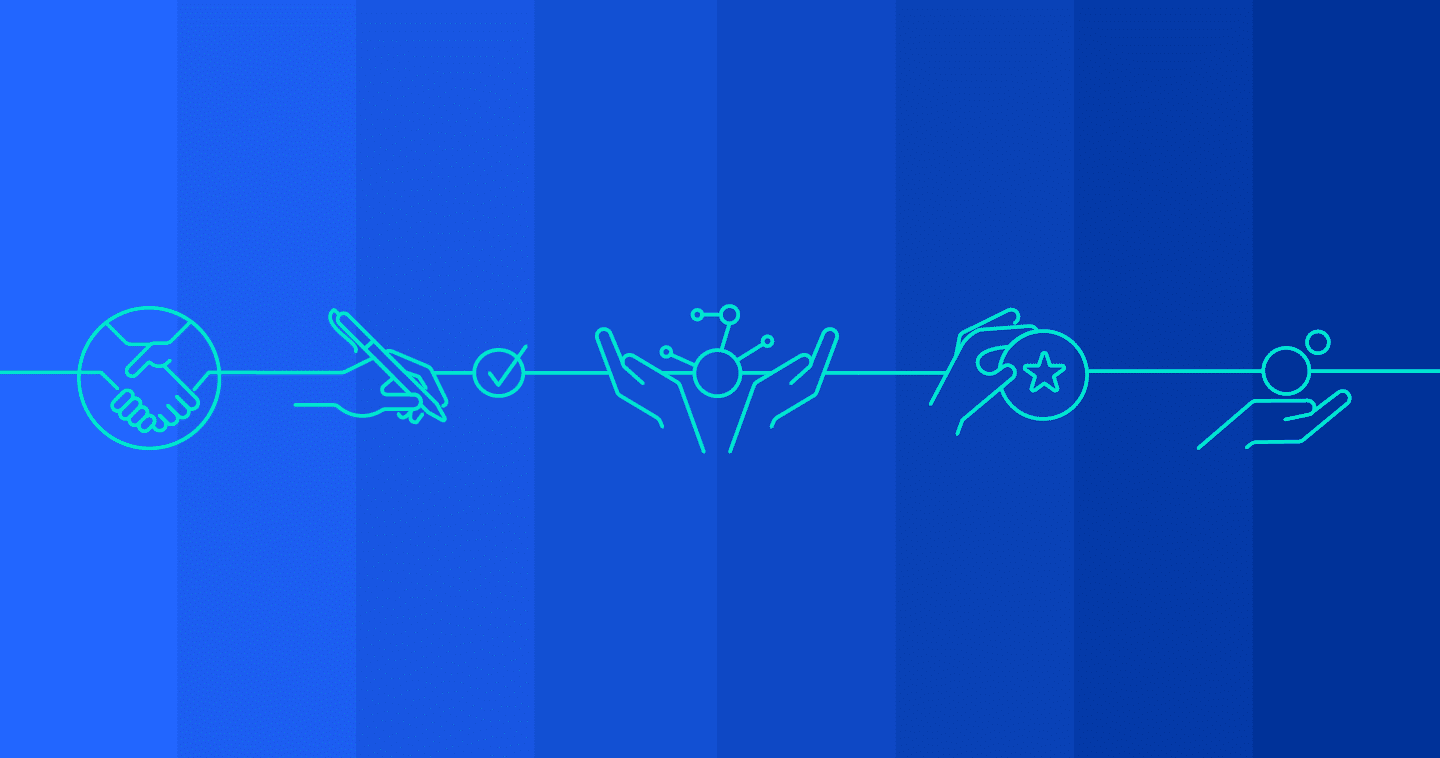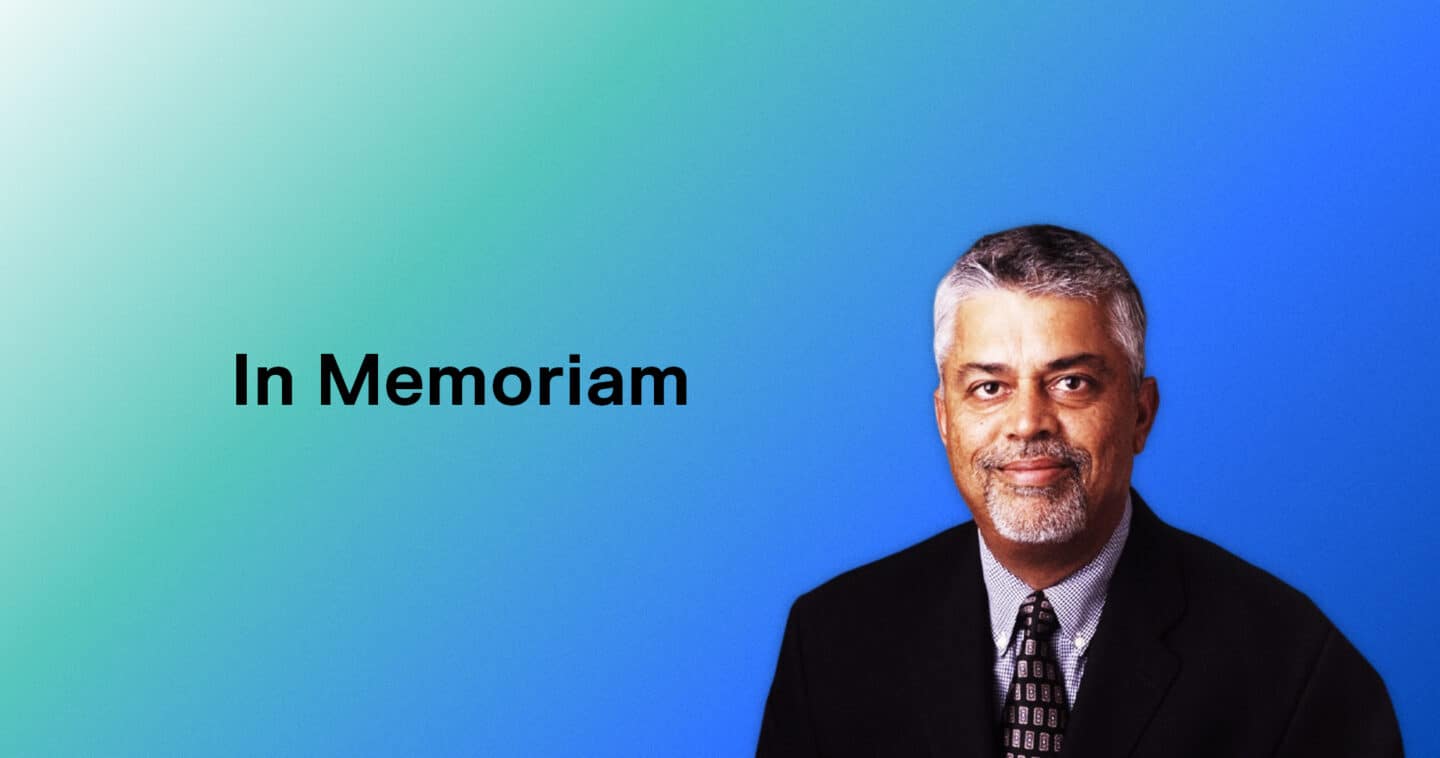The Big 5 – Questions on Data Science and Big Data with Janet George
Data science is changing how we interpret and leverage data. It’s assisting us in critical-business decisions. Our ability to define, connect, and leverage insights is enabled by a wave of technological innovation and growth in data science. We asked tech leaders five questions about their perspective on the changes happening in data center and where they think data and businesses are heading.
[Tweet “Sit back and read 5 questions with Chief Data Scientist Janet George | #datascience #bigdata”]
What technology has impacted your life the most?
Digital maps. I worked on one of the technologies for digital maps and it’s a fascinating architecture to serve up any and all parts of the world map upon user demand. It has especially impacted my life the most, because I am very directionally challenged and driving is not my strong suit. I used to spend countless hours researching all the maps and directions every time I set foot in a new place. I love adventure but adventure without a sense of direction was not fun, however with the spontaneity of this technology I can still maintain my sense of adventure with the tremendous time saving of not having to do all the research.
What technology did you first fall in love with?
Artificial Intelligence and cognitive computing. Basically I was fascinated with the body of work of the German mathematician Georg Cantor who invented a branch of mathematics dealing with sets — collection of elements that ranged from empty (the equivalent of the number zero) to infinite. Assuming actual infinity leads to unsettling consequences. Cantor proved, for instance, that the infinite set of even numbers {2, 4, 6….} could be put in a “one-to-one correspondence” with all counting numbers {1, 2, 3, …} indicating that there are just as many evens as there are odds and evens.
More shocking was his proving in 1873 that the continuum of real numbers (such as 0.00001, 2.568023489, pi and so on) is “uncountable”: Real numbers do not correspond in a one-to-one fashion with the counting numbers because for any numbered list of them, it is always possible to come up with a real number that isn’t on the list. The infinite sets of real numbers and counting numbers have different sizes, or in Cantor’s parlance, different “cardinal numbers.” In fact, he found that there are not two but an infinite sequence of ever-larger cardinals, each new infinity consisting of the power set, or set of all subsets, of the infinite set before it. Some mathematicians despised this mess of infinities, but I loved it.
What was the worst/best career advice you received?
Best career advice: Dig deeper, always go the extra mile even if it takes more effort than anticipated and never give up! Love what you do.
Worst career advice: Work hard! I learned it’s more about working smarter and working on things that matter.
How is your company changing the industry?
We move mountains of data, it’s just part of our job. So as leaders in storage technology, big data is very familiar to us, and we deal with it on a regular basis. So we’ve now started to confront our big data with data science, to start confronting our data with machine learning because we are very aware that artificial intelligence and machine learning can bring a different value to that data.
We are in the middle of massive industry transformation. And with our engagement, participation, we’re helping to shape and lead this transformation with our intellectual capital, products and services.
When it comes to data science, what’s the ideal characteristics?
That’s a fantastic question! A data scientist could be found in the intersection of three circles. The first circle is really somebody who’s very comfortable with data — mathematics, machine learning, statistics, that sort of thing. The second circle is in the area of implementation — engineering, computer science, electrical engineering. In those backgrounds where you have discipline, they understand that you can take complex math or algorithms and get business value out of them. And the third circle is around business acumen, program management, and critical thinking — the ability to go deeper, ask questions, explain the results, and explain very complex charts; the ability to visualize that data and to understand the trends in that data. So it’s the intersection of these very diverse disciplines, and someone who has deep critical thinking and never gives up that makes an idea data scientist in my mind.
Learn More
- The power of data is undeniable. Read more at the Data Makes Possible think tank.
- Building your Big Data strategy? Here are 5 common Big Data pitfalls to avoid.
This blog and other posts on this website may contain forward-looking statements, including statements relating to expectations for our product portfolio, the market for our products, product development efforts, and the capacities, capabilities and applications of our products. These forward-looking statements are subject to risks and uncertainties that could cause actual results to differ materially from those expressed in the forward-looking statements, including development challenges or delays, supply chain and logistics issues, changes in markets, demand, global economic conditions and other risks and uncertainties listed in Western Digital Corporation’s most recent quarterly and annual reports filed with the Securities and Exchange Commission, to which your attention is directed. Readers are cautioned not to place undue reliance on these forward-looking statements and we undertake no obligation to update these forward-looking statements to reflect subsequent events or circumstances.




